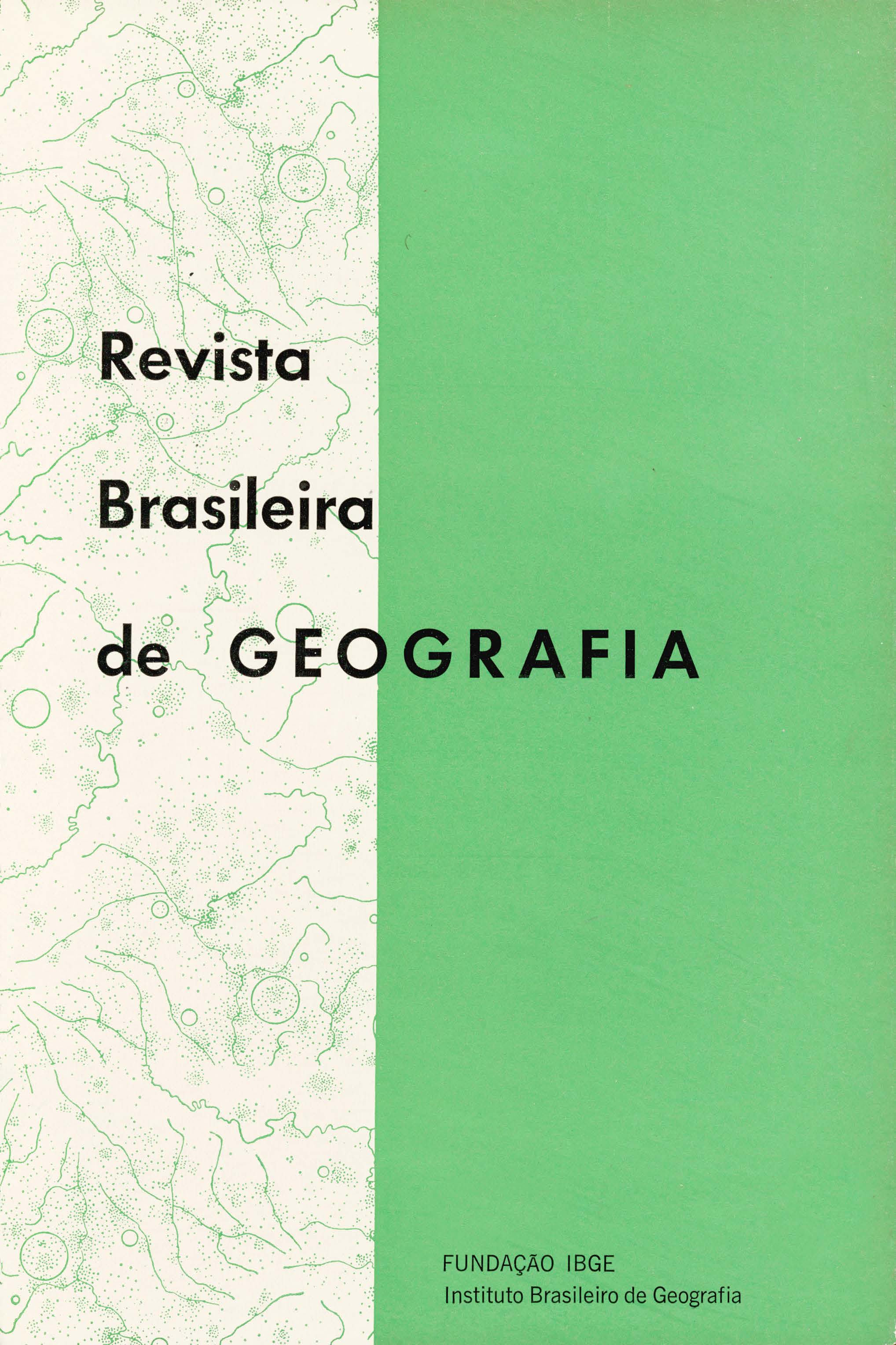Padrões de localização e estrutura de fluxos dos estabelecimentos industriais na Região Metropolitana de Salvador
Palavras-chave:
Salvador, Bahia, Geografia Econômica, Economic GeographyResumo
Abstract:
This paper aims at the analysis of the characteristics o f the industrialization of the Metropolitan Region of Salvador; it has considered two approaches, namely location/relocation of manufacturing establishments, and their material linkages with the local, regional and national economies.
As regards location/relocation, the study has pointed out Industrial spatial patterns of the late sixties as mirroring a decentralization process at a restricted spatial scale; it has shown the occurrence of juxtaposition between two processes of industrialization, i.e., an earlier, natural and spontaneous process in the central nucleus and in part of the center, and a modern process artificially induced. The former, though very much concentrated, already evidences some restricted decentralization due to the increases in land values and agglomeration deseconomies that appear in the oldest part of the city; the latter, decentralized a prior! And pertaining to the suburbia and the periphery, and which derives from the policies of Petrobras as well as from the creation of the CIA (Industrial Center of Aratu) in the fifties and sixties.
In regard to the material linkages, analyzed according to the origin places of raw-material flows and destination of market flows, it stands out the importance of the state level Flows, as well as the increase of linkages with the Southeast region.






